Pandemic Weavings
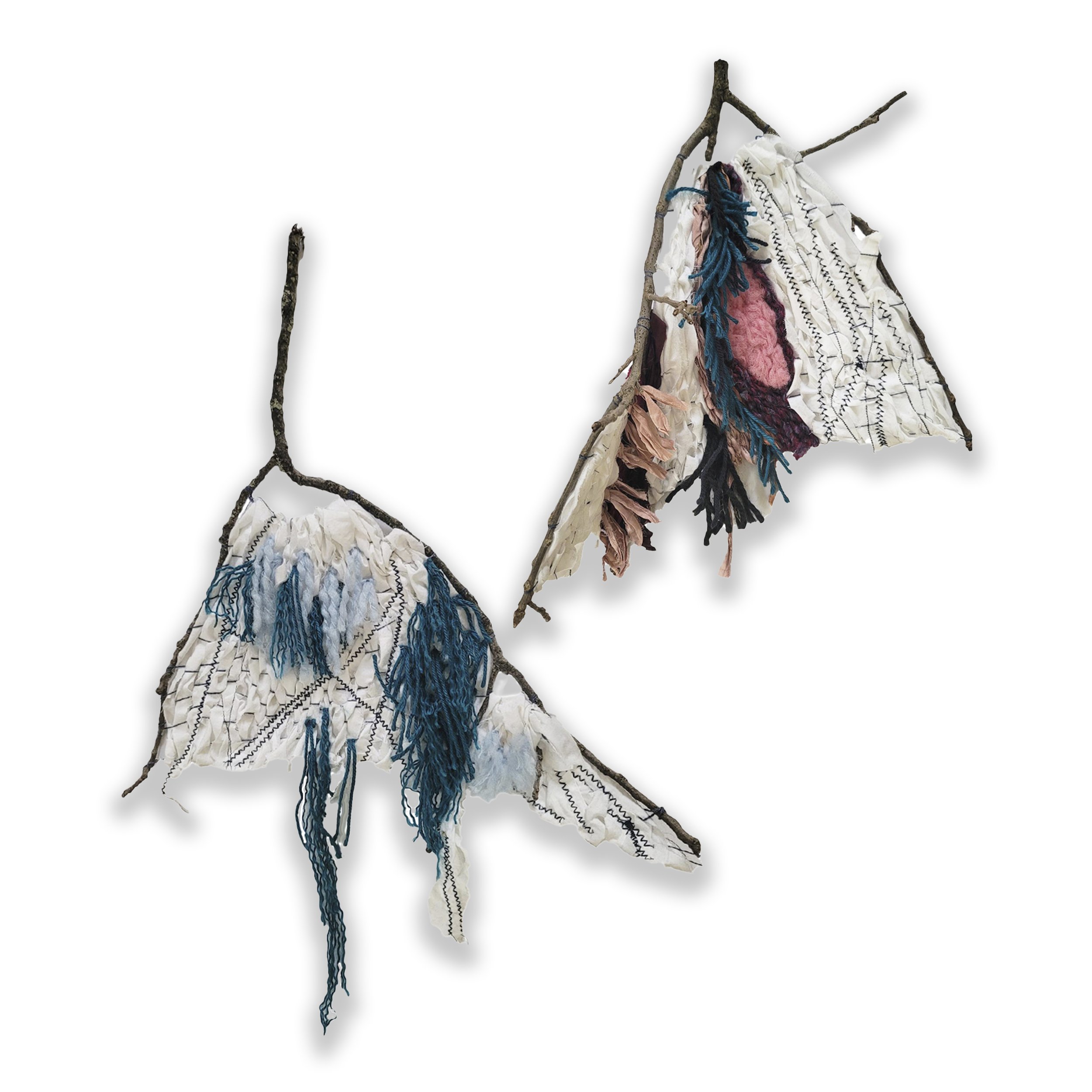
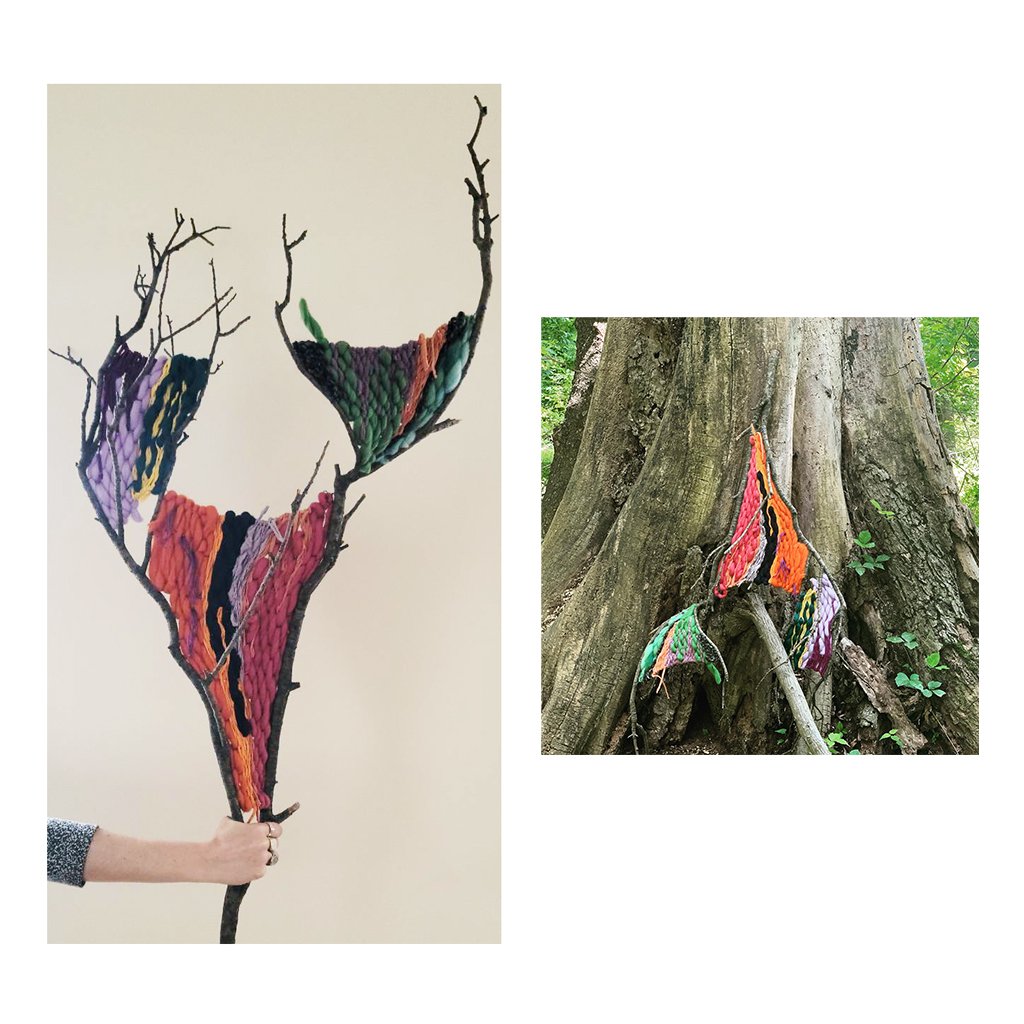
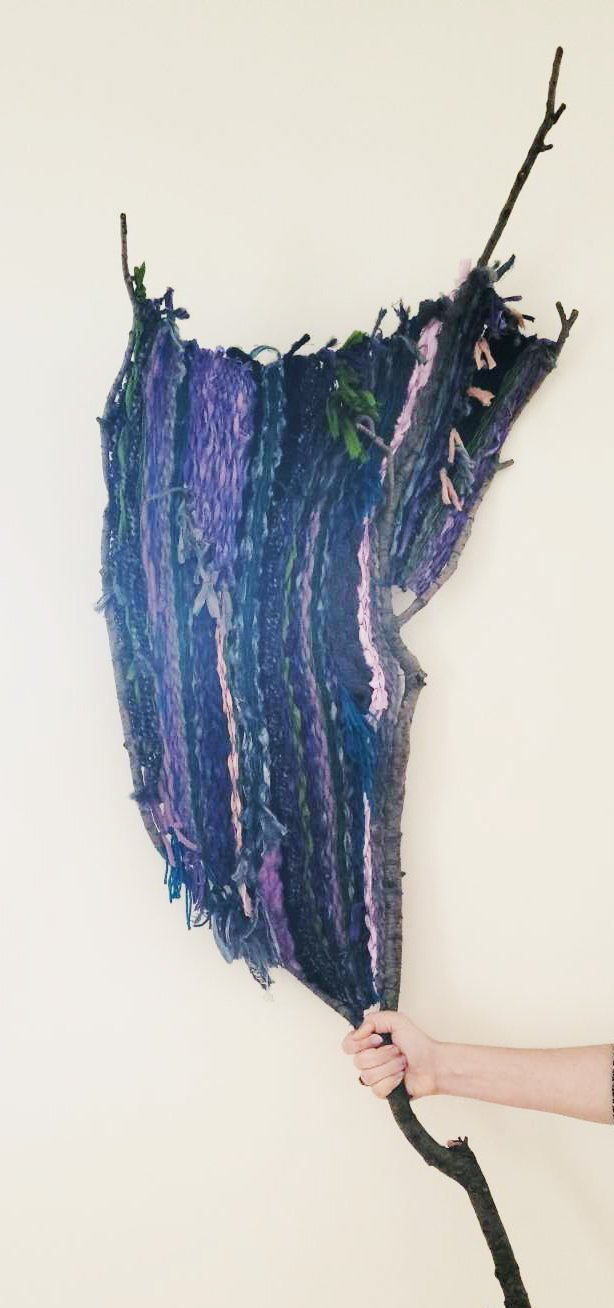

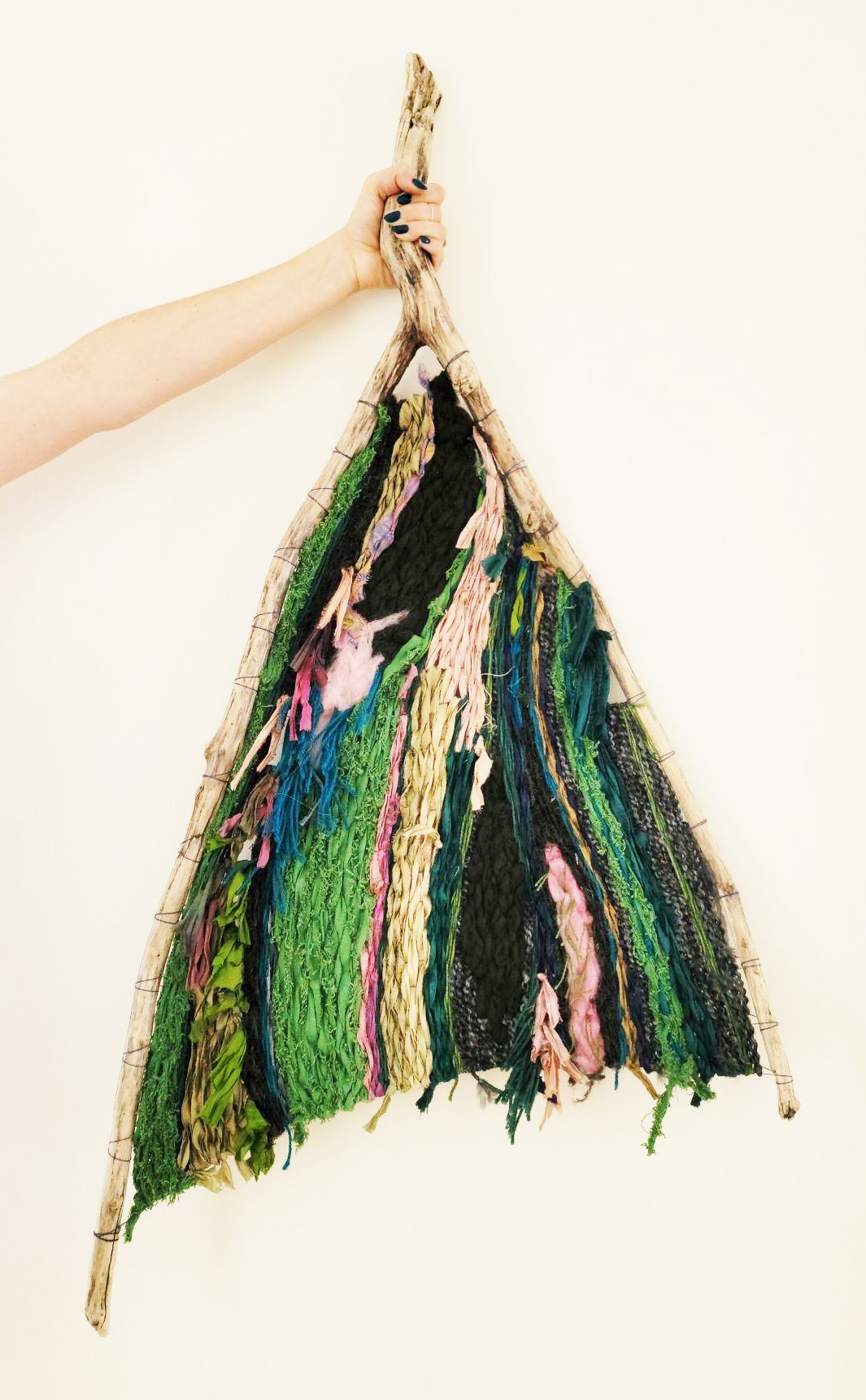
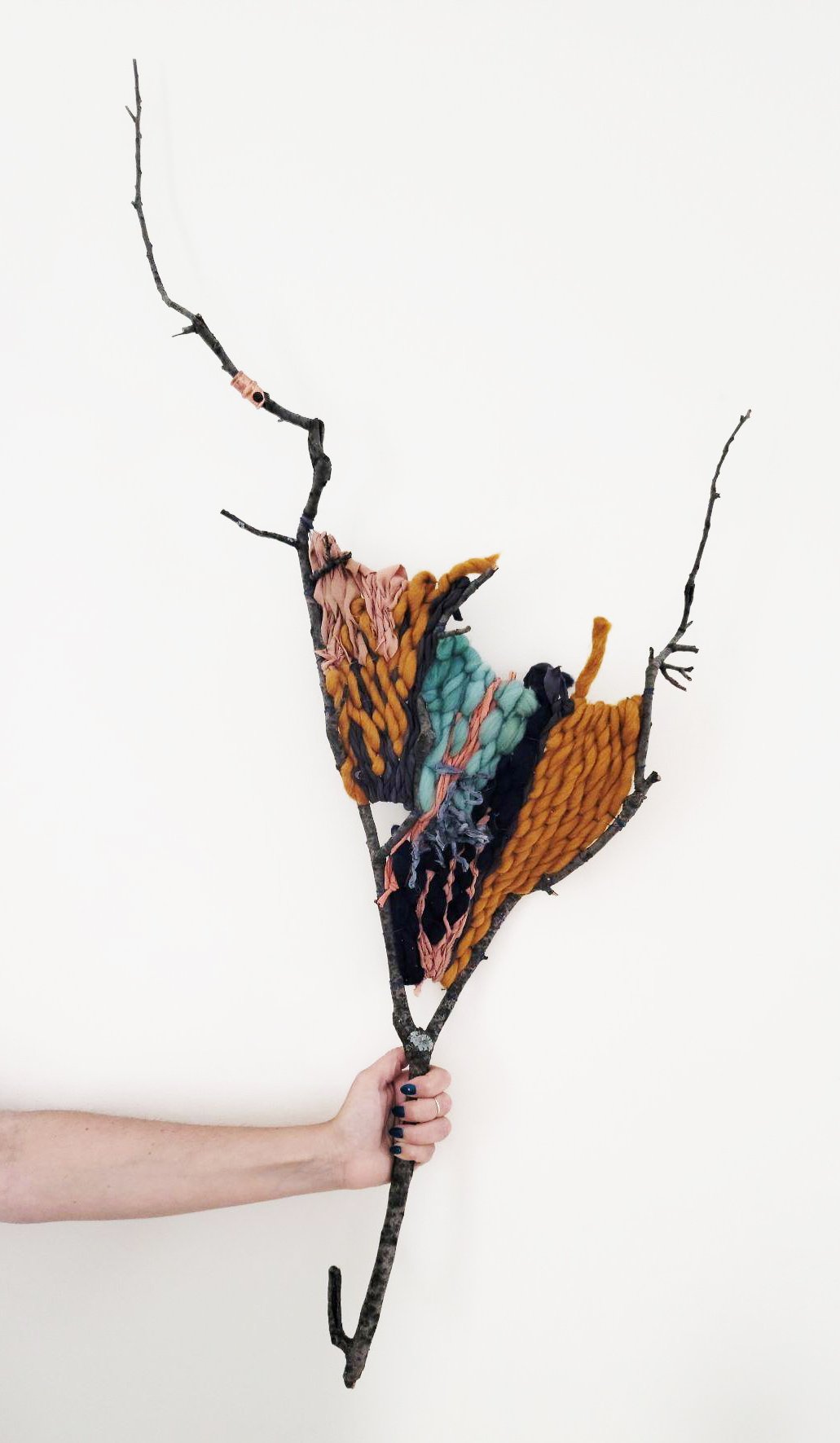


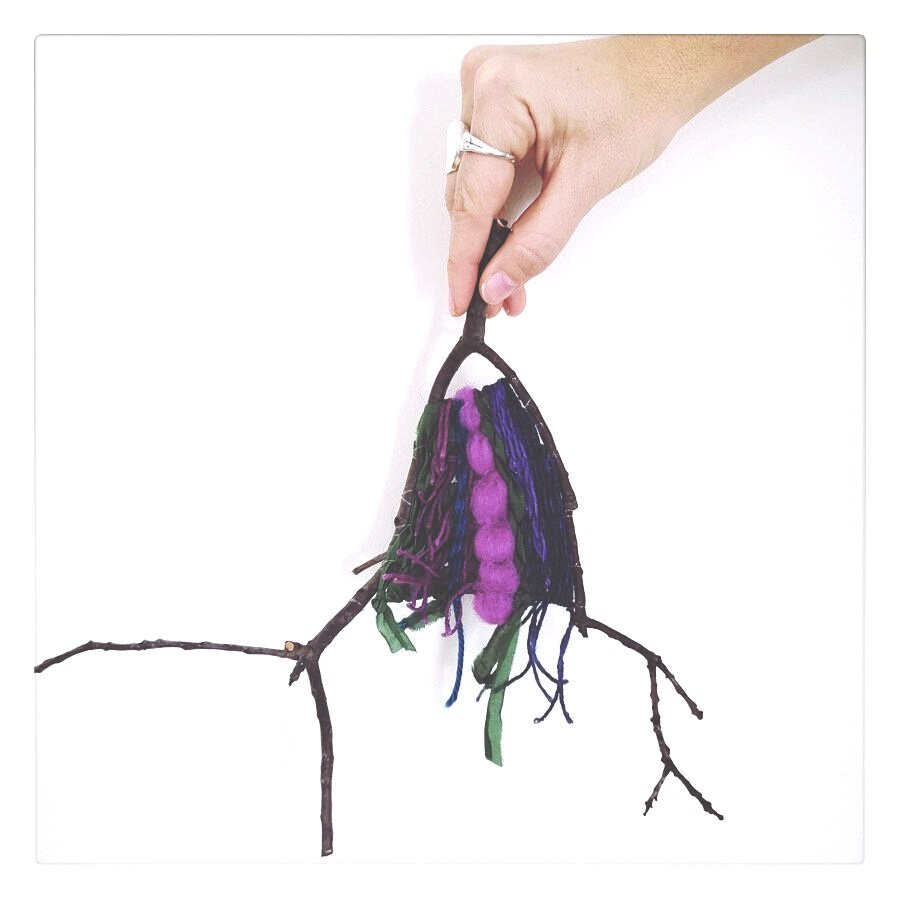
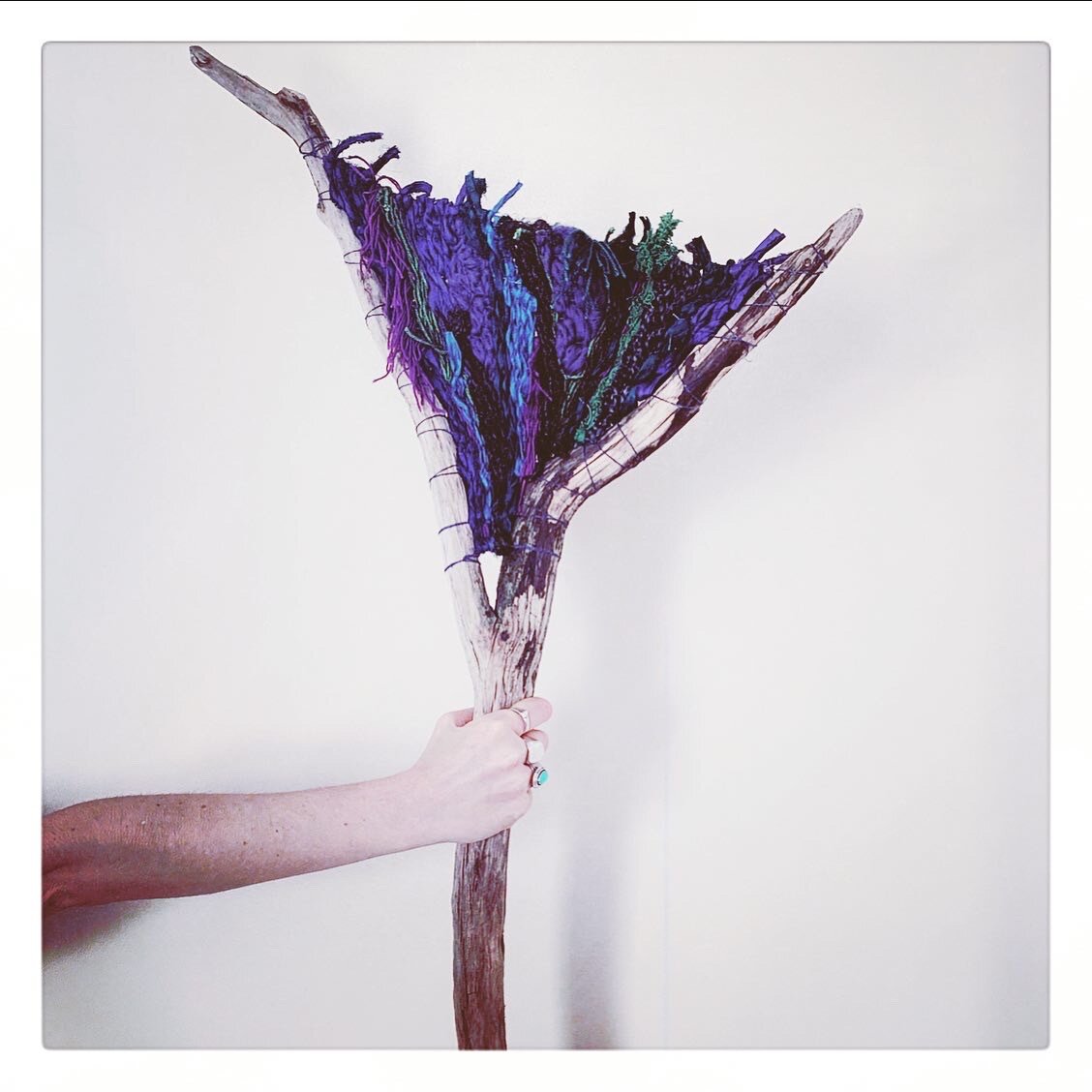
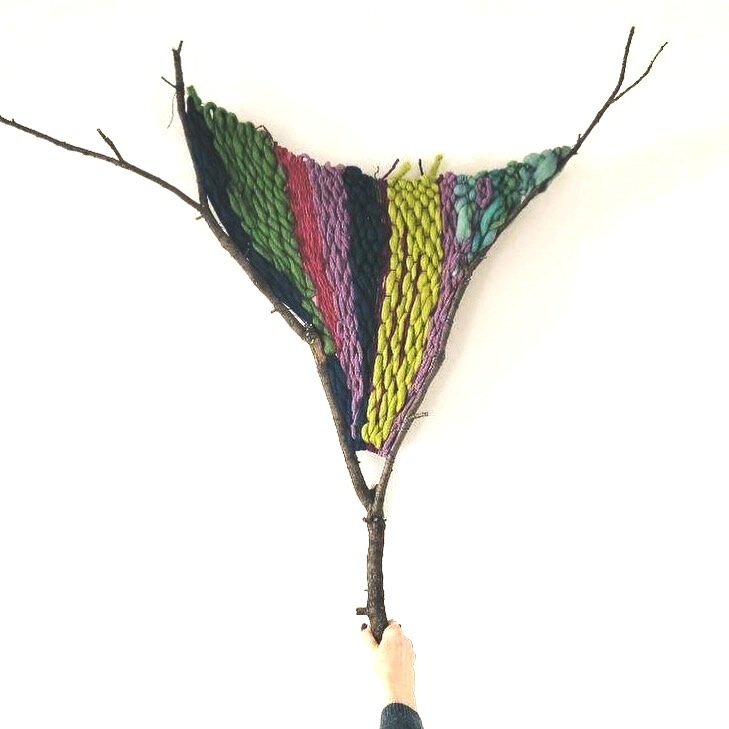
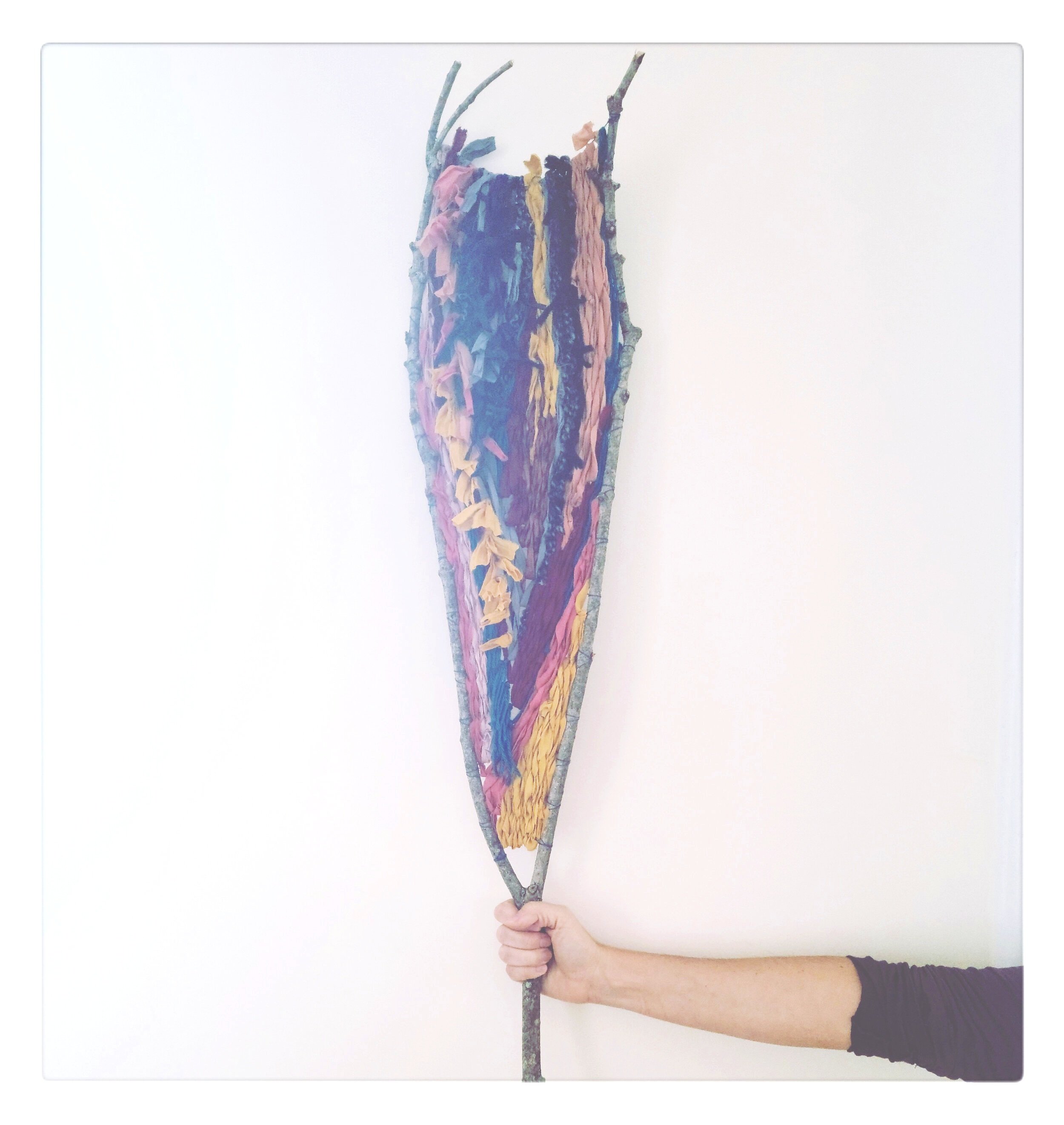

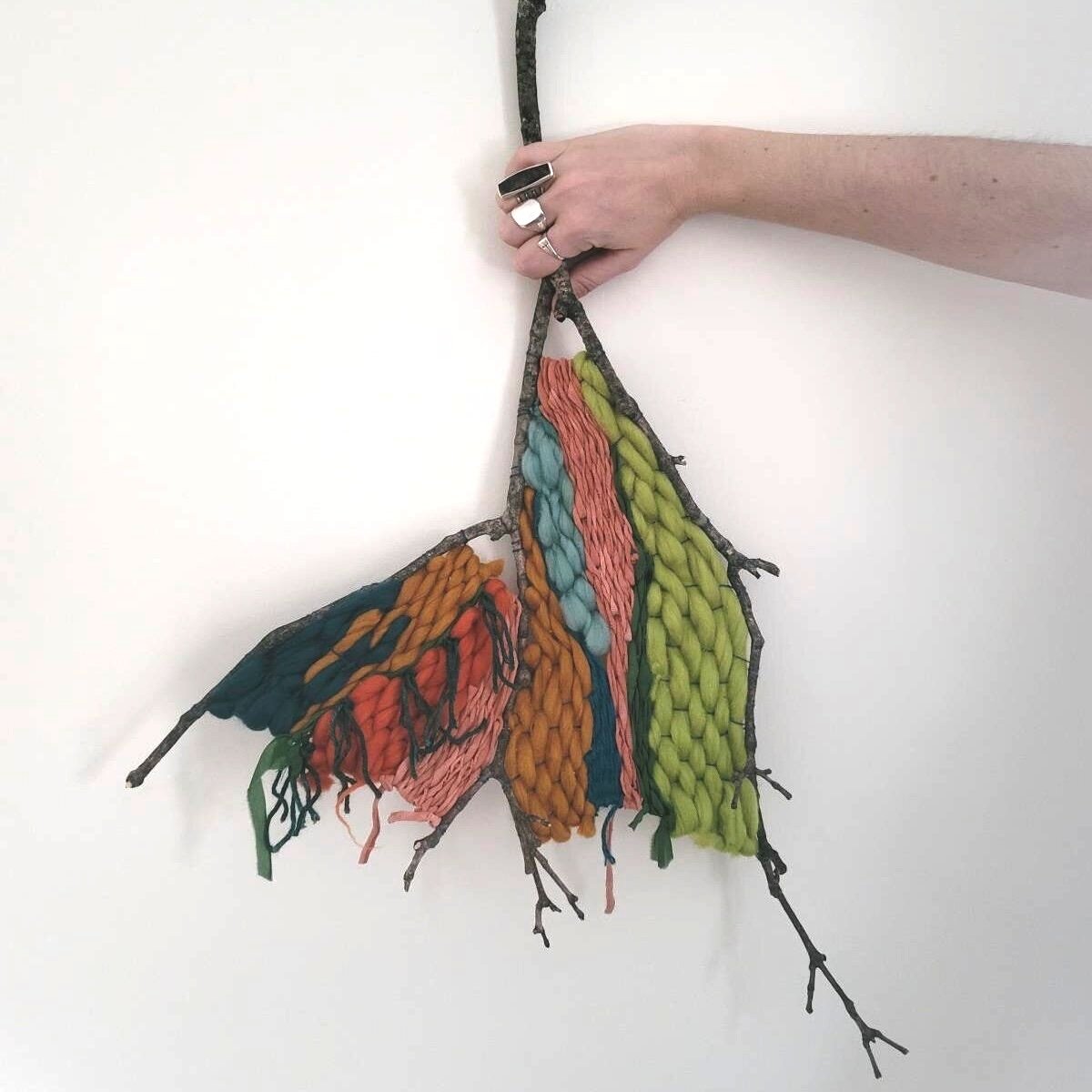
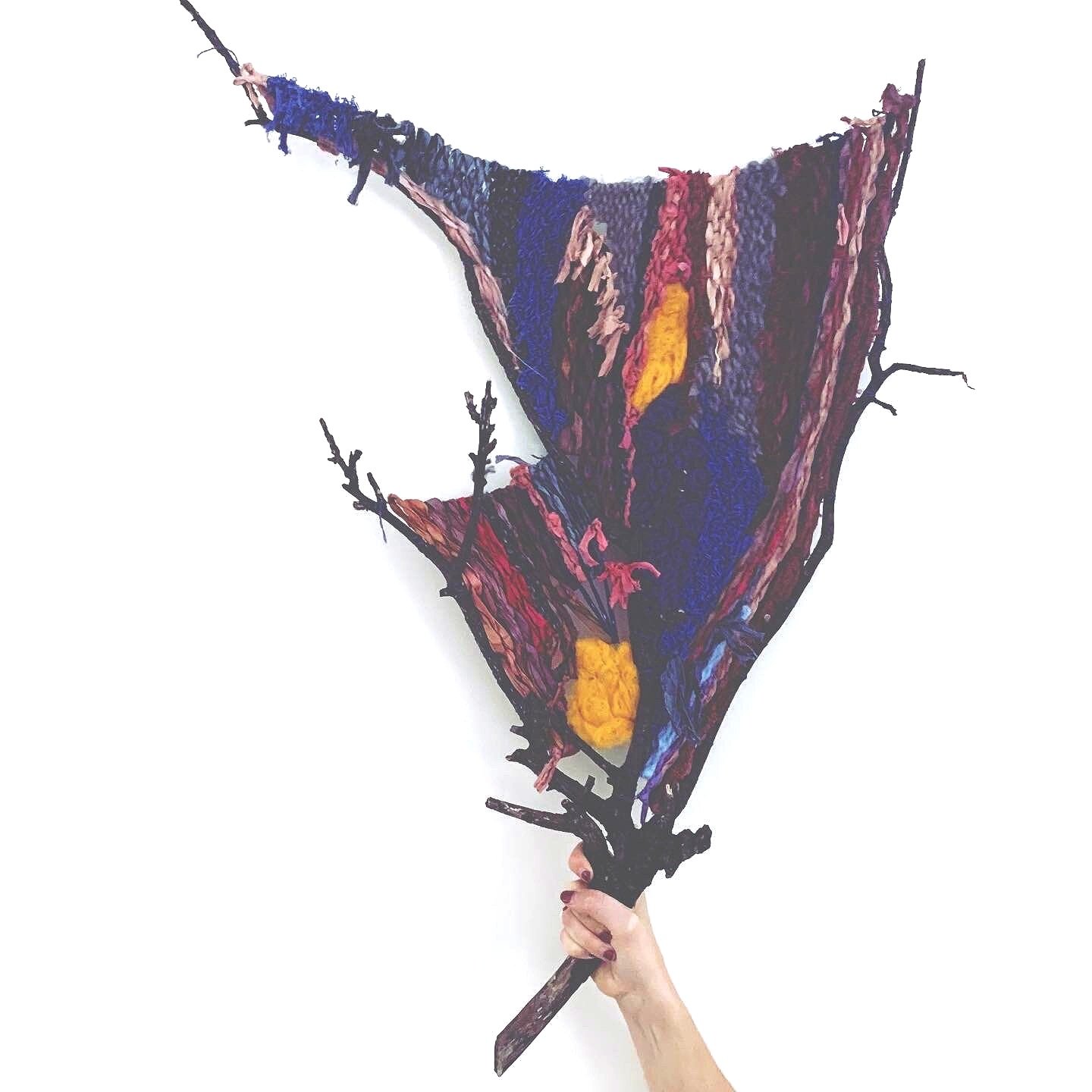
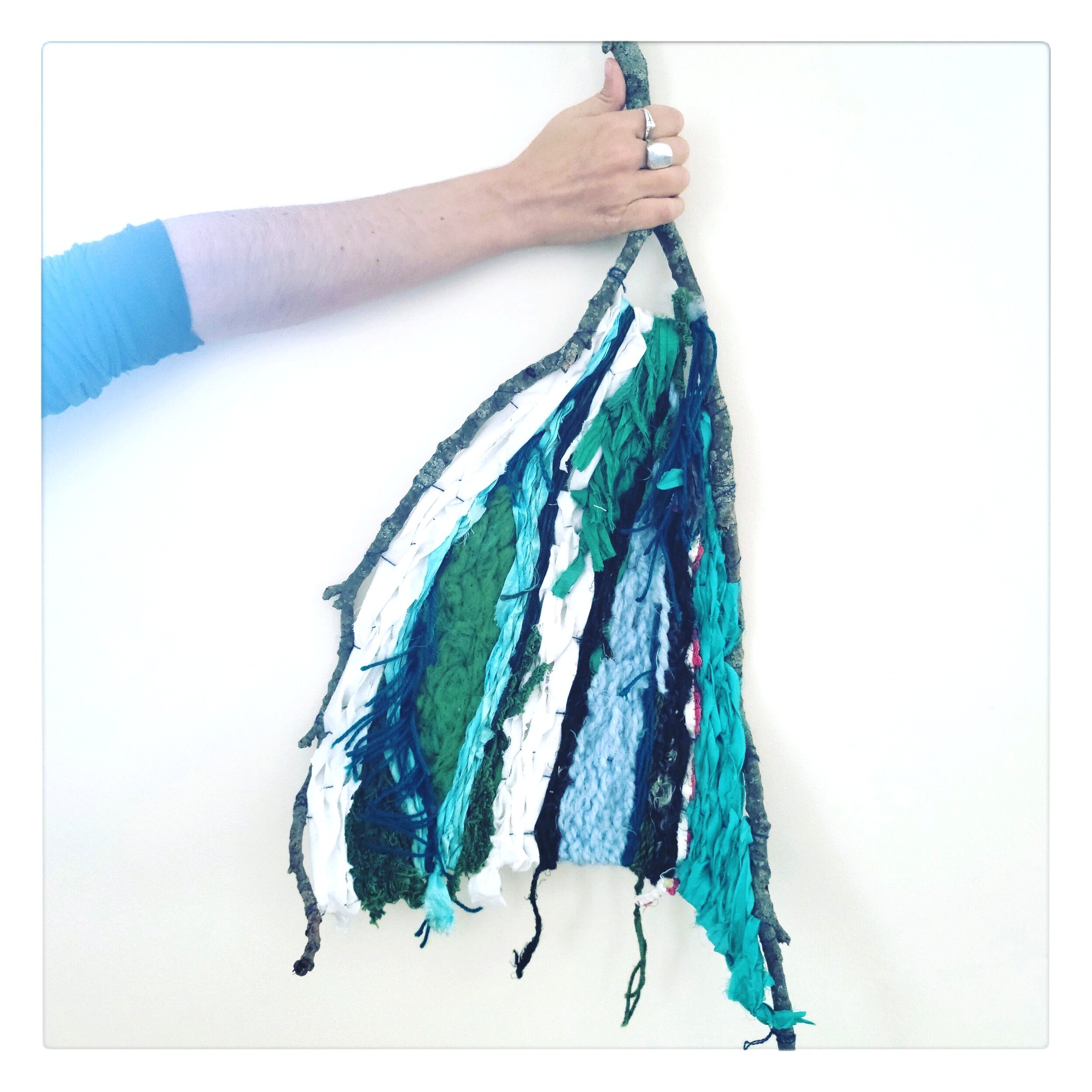
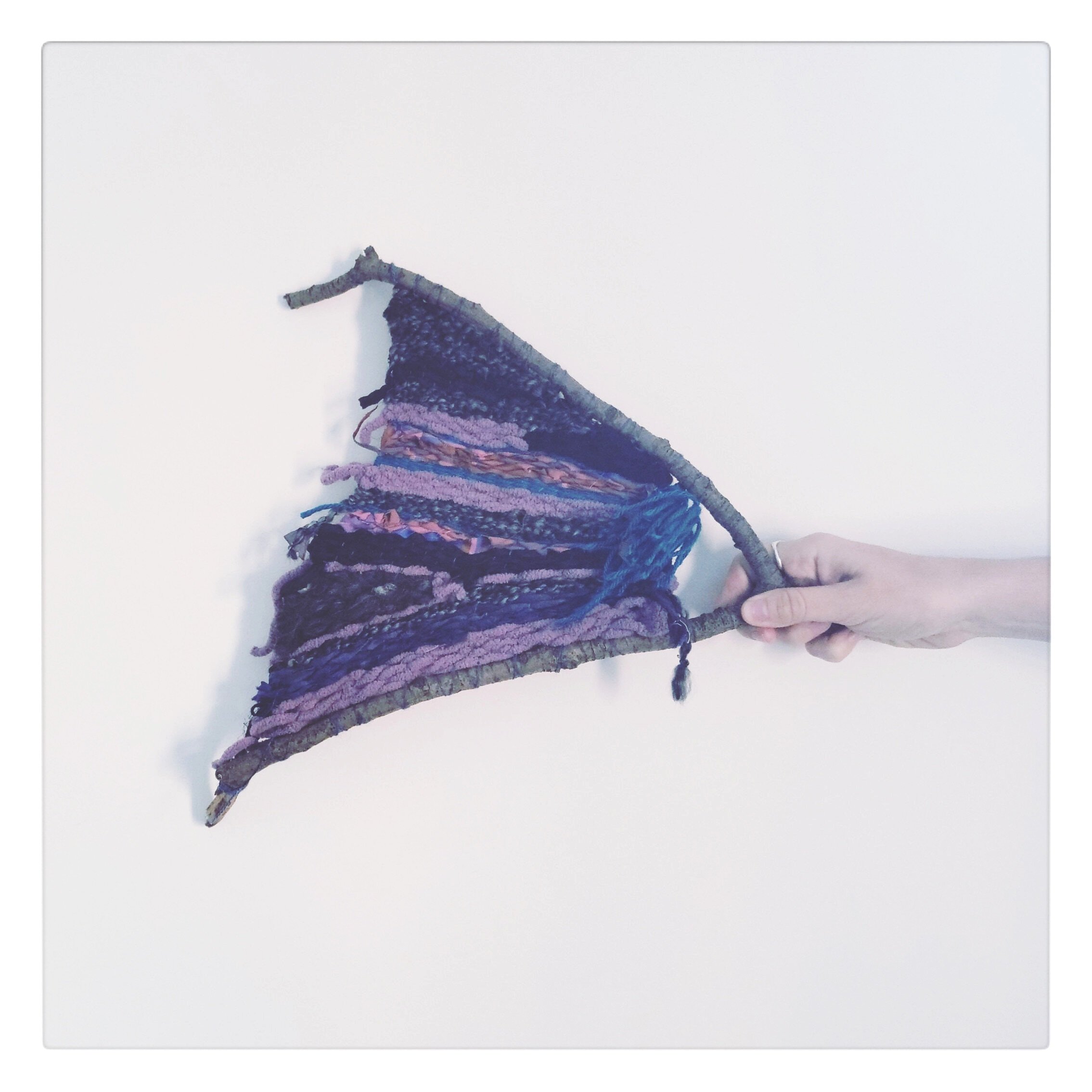
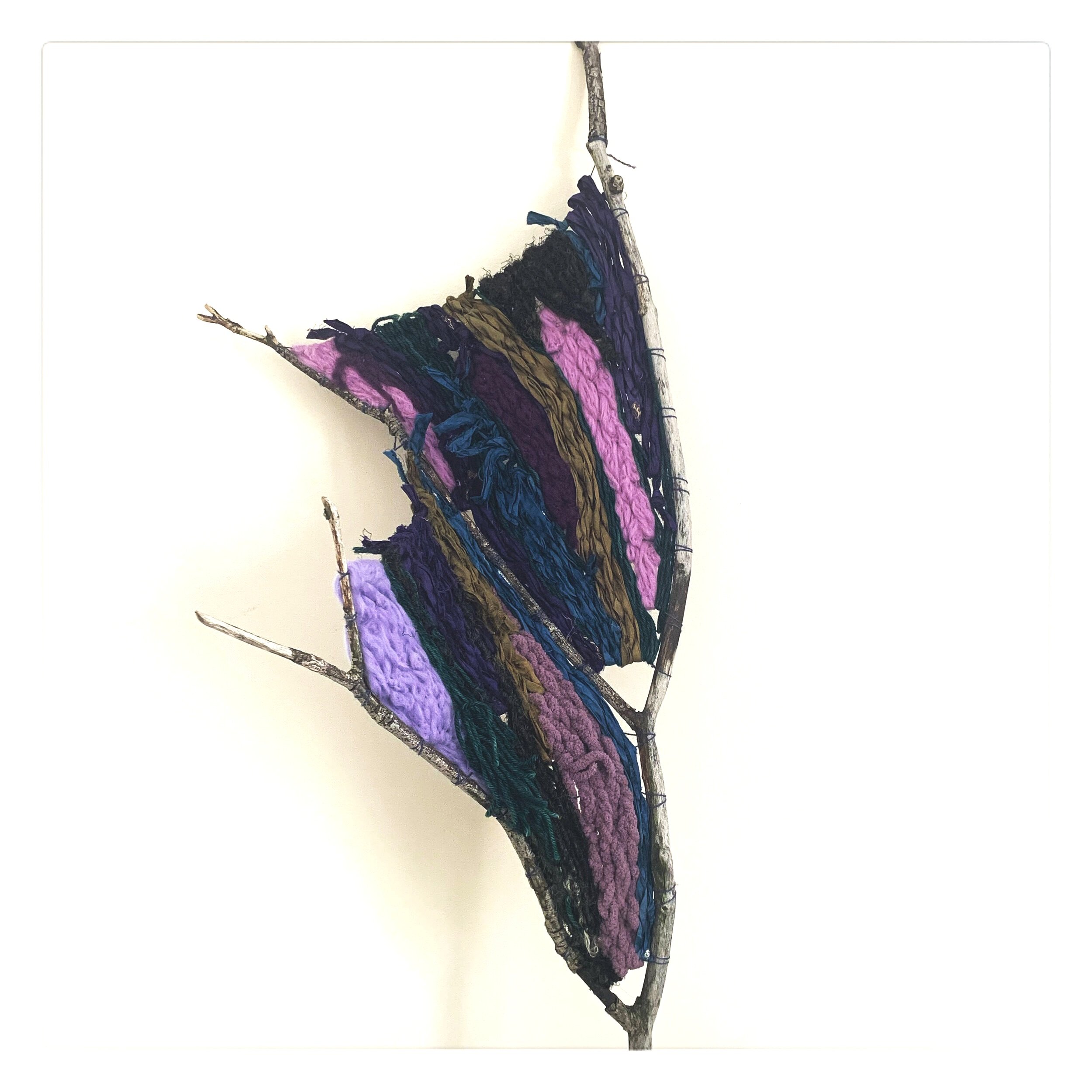
Installing weavings along the rail trail in Wassaic, NY in the summer of 2020.
PROCESS / DOCUMENTATION
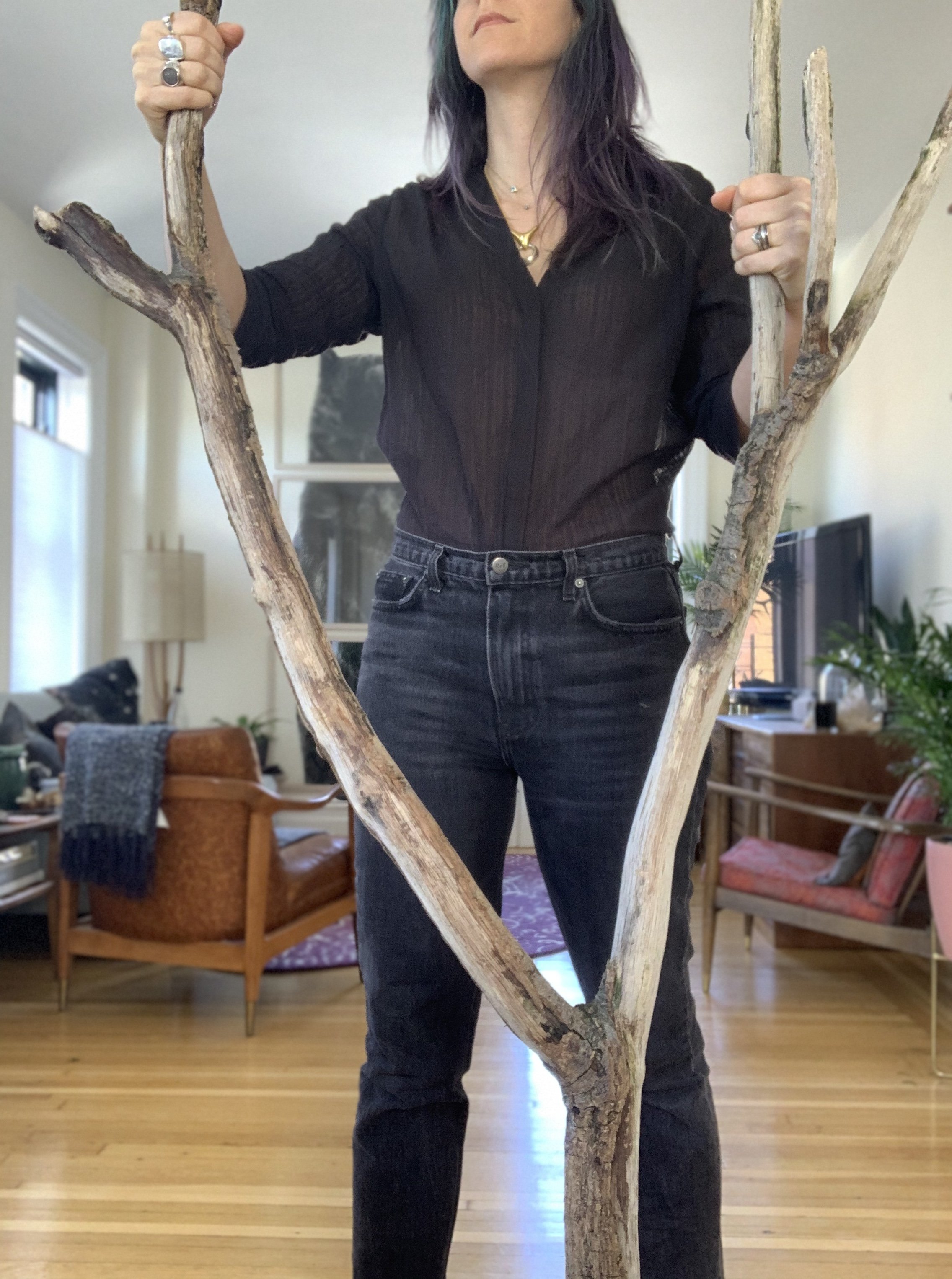
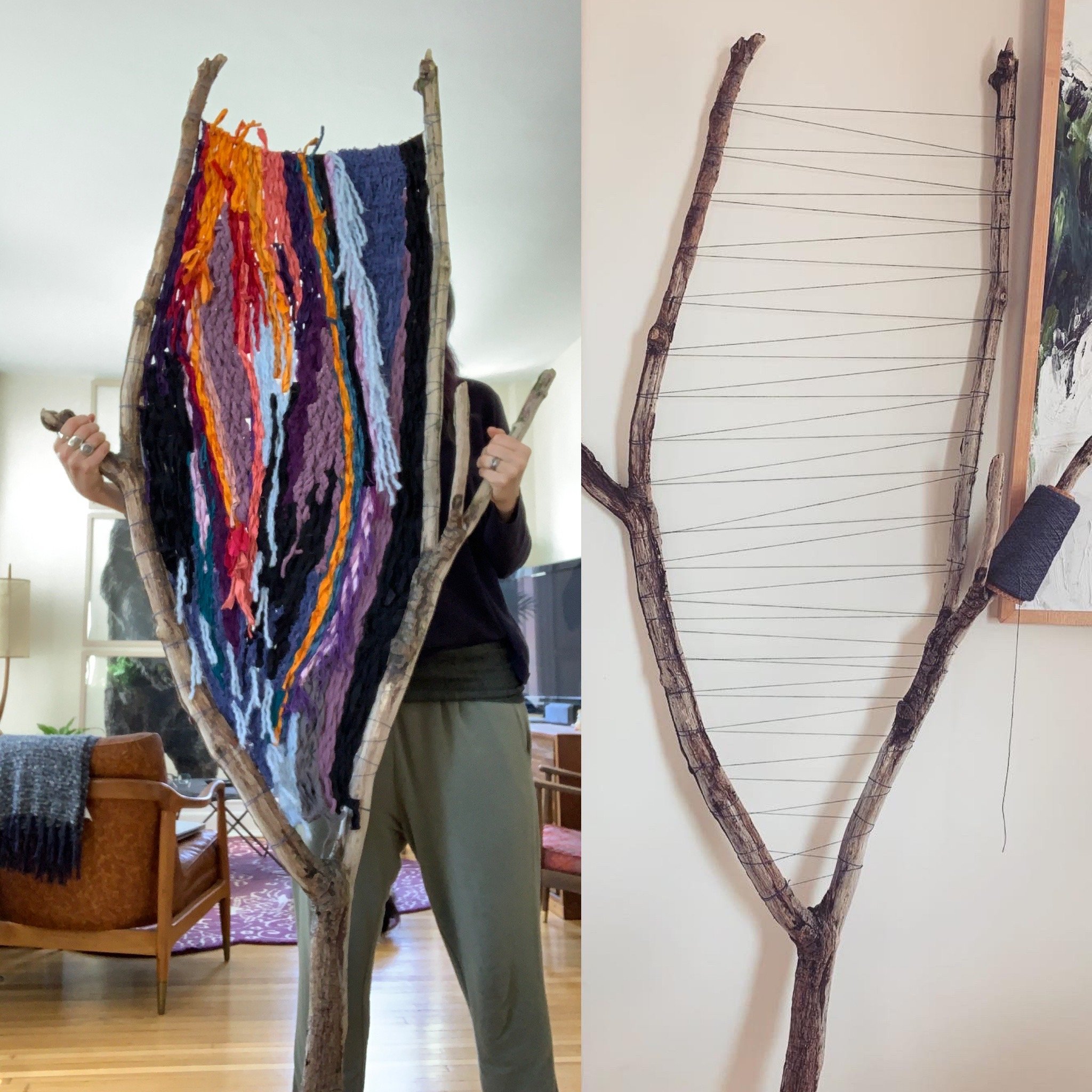
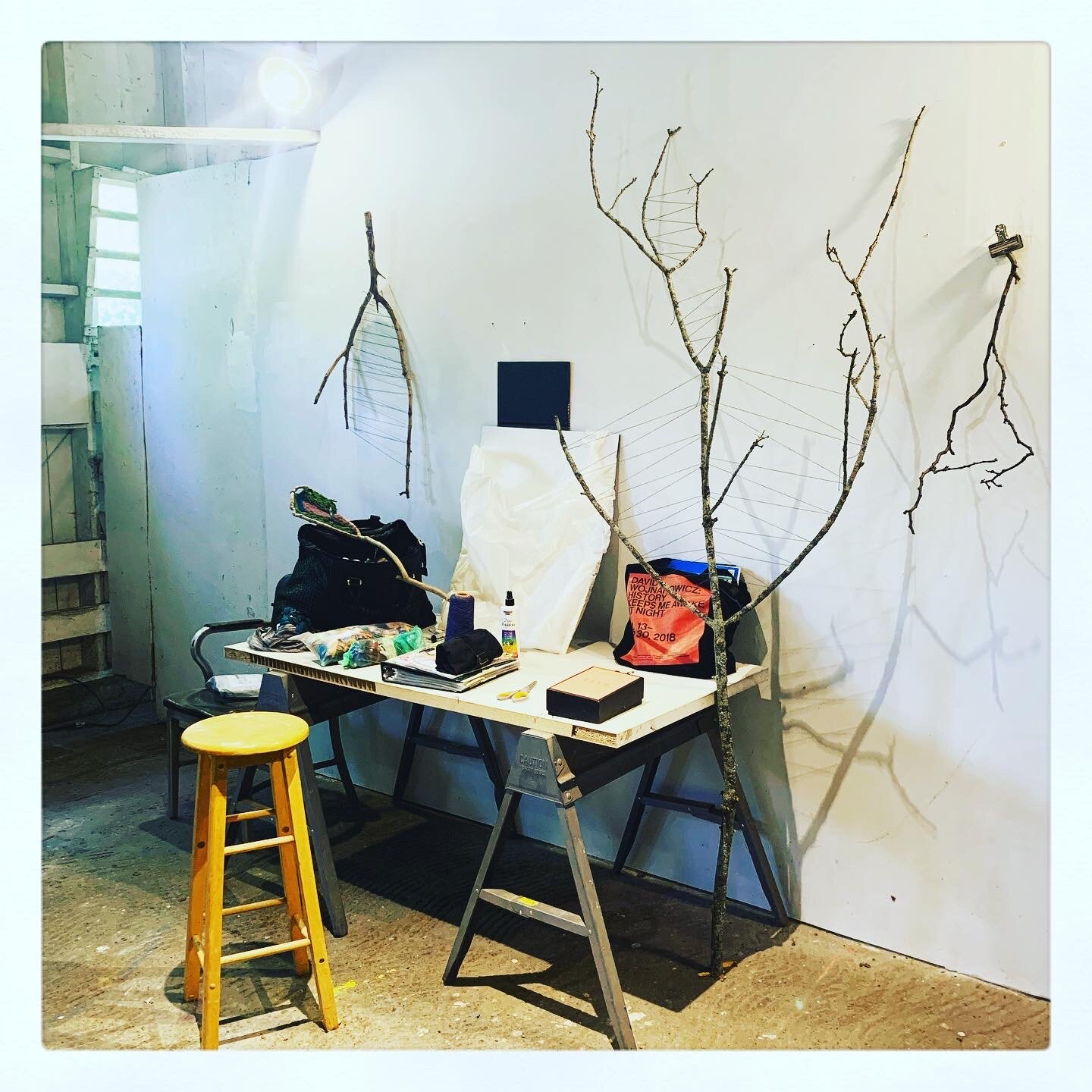



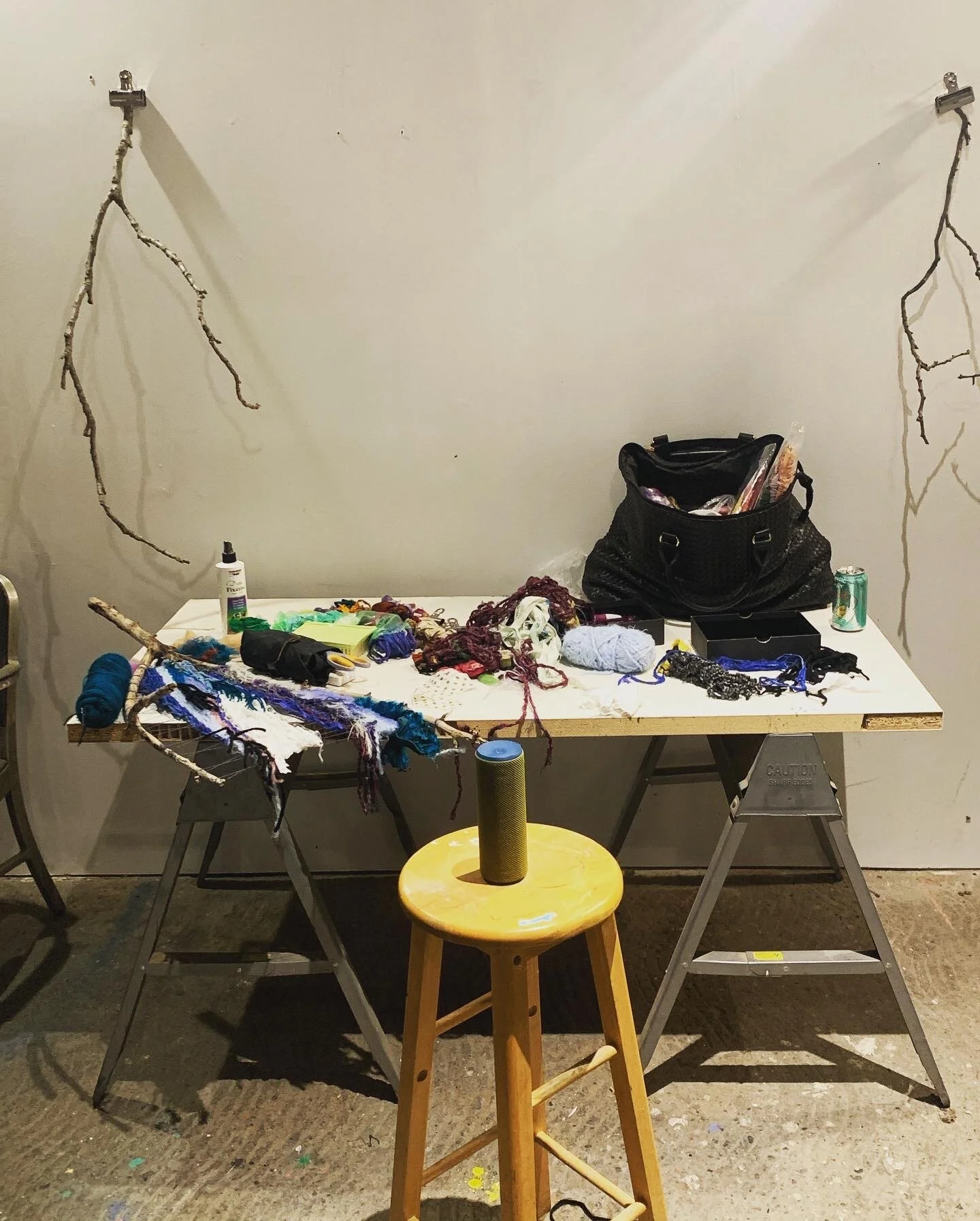
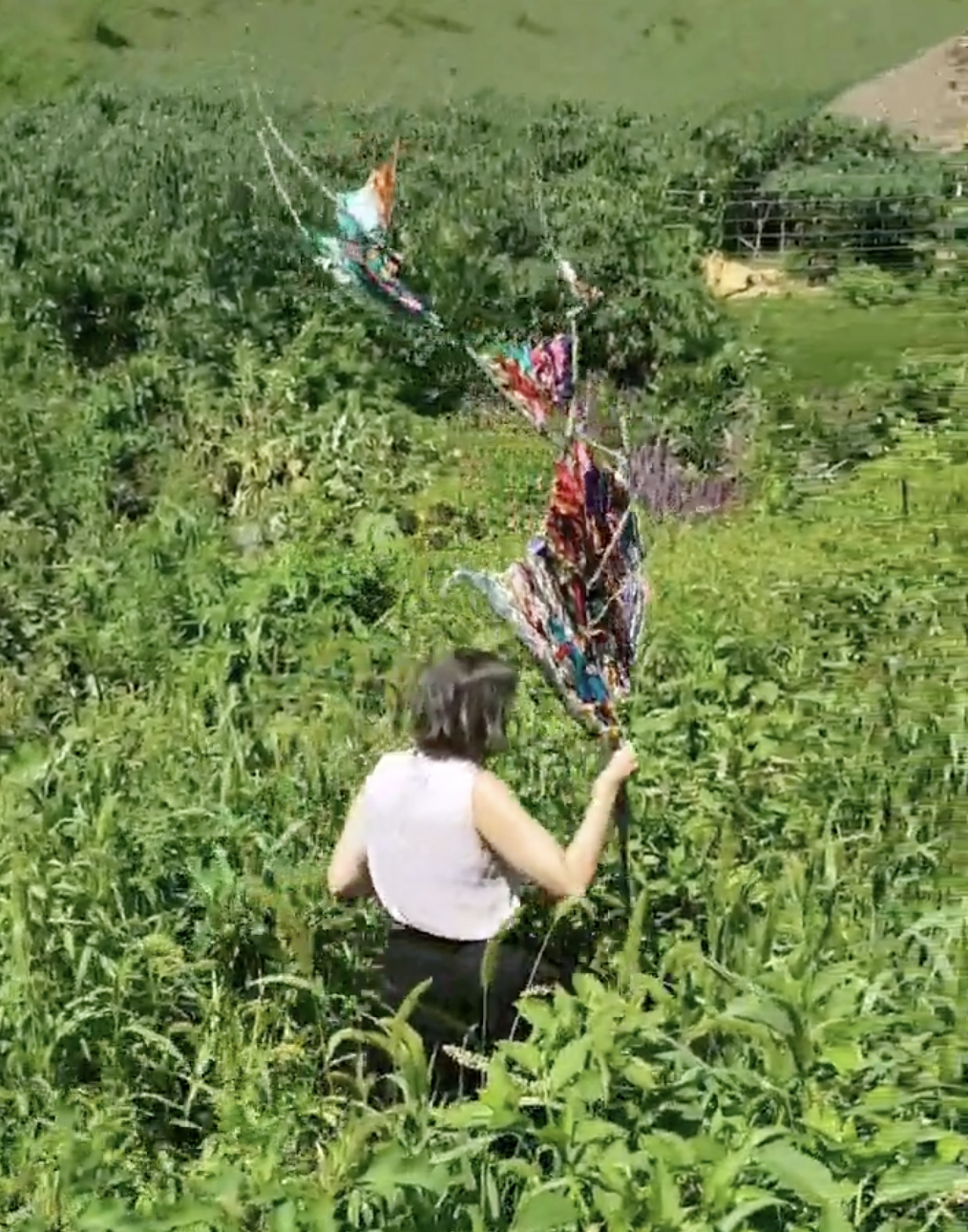



At the height of the pandemic, I longed obsessively for wilderness. Slowly gathered, at first, and then in a consumerist botanical frenzy, our small apartment transformed into a wonderland of plants. It wasn’t enough. We purchased a hammock and strung it from the trees of Riverside Park, spending hours slowly rocking in the warm breeze coming off of the Hudson. Neighborhood walks got more circuitous. We noticed bird songs, learned to identify native flora. I wanted to be consumed by nature, to sprout a blanket of soft vines and leaves and block out the steady stream of ambulance sirens.
Like many others, I experienced a floating malaise. Twitchy, restless, and overflowing with grief I experimented with making fiber art. The repetitive motions of weaving of fabric and yarn – over-under over-under over-under over-under – was soothing. I ran out of materials and started using downed tree branches as makeshift looms. The search for a perfect “Y” shaped branch gave our usual walk through the park new joy. The living room was, at times, so overrun with branches it was unlivable. Outdoors and indoors began to become indistinguishable.
New to me, but certainly not new, I began researching ecological theories; first the Anthropocene, then, the Eremocene. The latter argues that as humans continue to aggressively assert their dominion over the earth, facilitating mass extinction, we are barreling towards an age of loneliness. In this age we have become so proficient at domination and removal of other species that few remain; our subjugation of others leads to our own isolation. And yet, in the pandemic, when we stayed inside, when we slowed manufacturing, and when we perished in unthinkable numbers – ecosystems rebuilt, wilderness flourished. It was a haunting idea: if humans step aside, even for a moment, the earth moves to heal.
When I look at the fiber art pieces from that period, I can still recall the anxiety of the over-under over-under across those branches, but the pull of the trees themselves have lessened. The last part of this project will be returning completed weavings to various wild parts of New York; these liminal spaces, the “woods” of Manhattan, wherein traffic is heard but no other person is seen – they saved me. The weavings are objects of memento mori and humble offerings, a quiet exaltation of the light through leaves, moss on trunks, droplets down asphalt.